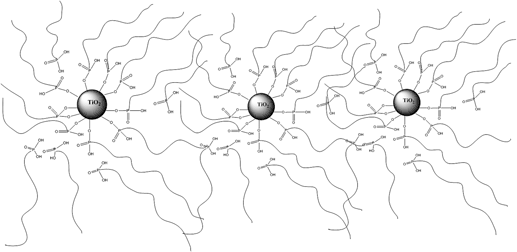Crossref Citations
This article has been cited by the following publications. This list is generated based on data provided by
Crossref.
Aslan, Ayşe
and
Bozkurt, Ayhan
2013.
An investigation of proton conductivity of nanocomposite membranes based on sulfated nano-titania and polymer.
Solid State Ionics,
Vol. 239,
Issue. ,
p.
21.
Bozkurt, Ayhan
and
Aslan, Ayşe
2013.
As an Alternative Membrane: Functional NanoParticles/Polymer Composites Membranes for Proton Exchange Membrane Fuel Cells (PEMFC).
Advanced Materials Research,
Vol. 716,
Issue. ,
p.
98.
Khanmirzaei, M.H.
and
Ramesh, S.
2014.
Nanocomposite polymer electrolyte based on rice starch/ionic liquid/TiO2 nanoparticles for solar cell application.
Measurement,
Vol. 58,
Issue. ,
p.
68.
Tsuksamoto, Mayu
Ebata, Kazuki
Sakiyama, Hiroshi
Yamamoto, Shunsuke
Mitsuishi, Masaya
Miyashita, Tokuji
and
Matsui, Jun
2019.
Biomimetic Polyelectrolytes Based on Polymer Nanosheet Films and Their Proton Conduction Mechanism.
Langmuir,
Vol. 35,
Issue. 9,
p.
3302.
Imran, Muhammad A.
Li, Tiantian
Wu, Xuemei
Yan, Xiaoming
Khan, Abdul-Sammed
and
He, Gaohong
2020.
Sulfonated polybenzimidazole/amine functionalized titanium dioxide (sPBI/AFT) composite electrolyte membranes for high temperature proton exchange membrane fuel cells usage.
Chinese Journal of Chemical Engineering,
Vol. 28,
Issue. 9,
p.
2425.
Chen, Ying
He, Ling
Chen, Zhaoyu
Zhao, Lingru
Liang, Junyan
and
Liu, Guojun
2020.
Under-oil superhydrophilic TiO2/poly(sodium vinylphosphonate) nanocomposite for the separation of water from oil.
Separation and Purification Technology,
Vol. 251,
Issue. ,
p.
117397.
Hussain, Shabab
Deng, Zheng
Khan, Amin
Li, Peipei
Li, Zhuoyi
Fang, Zhou
Wan, Xinyi
and
Peng, Xinsheng
2021.
Photothermal responsive ultrathin Cu-TCPP nanosheets/sulfonated polystyrene nanocomposite photo-switch proton conducting membranes.
Journal of Membrane Science,
Vol. 620,
Issue. ,
p.
118888.
Nifant’ev, Ilya E.
and
Ivchenko, Pavel V.
2023.
Design, Synthesis and Actual Applications of the Polymers Containing Acidic P–OH Fragments: Part 2—Sidechain Phosphorus-Containing Polyacids.
International Journal of Molecular Sciences,
Vol. 24,
Issue. 2,
p.
1613.
An, Rui
Luntadila Lufungula, Léon
Meynen, Vera
and
Blockhuys, Frank
2025.
The origin of the reduced phosphorus-carbon bond stability of α-aminoalkylphosphonic acid grafted on titania.
Applied Surface Science,
Vol. 698,
Issue. ,
p.
163078.
